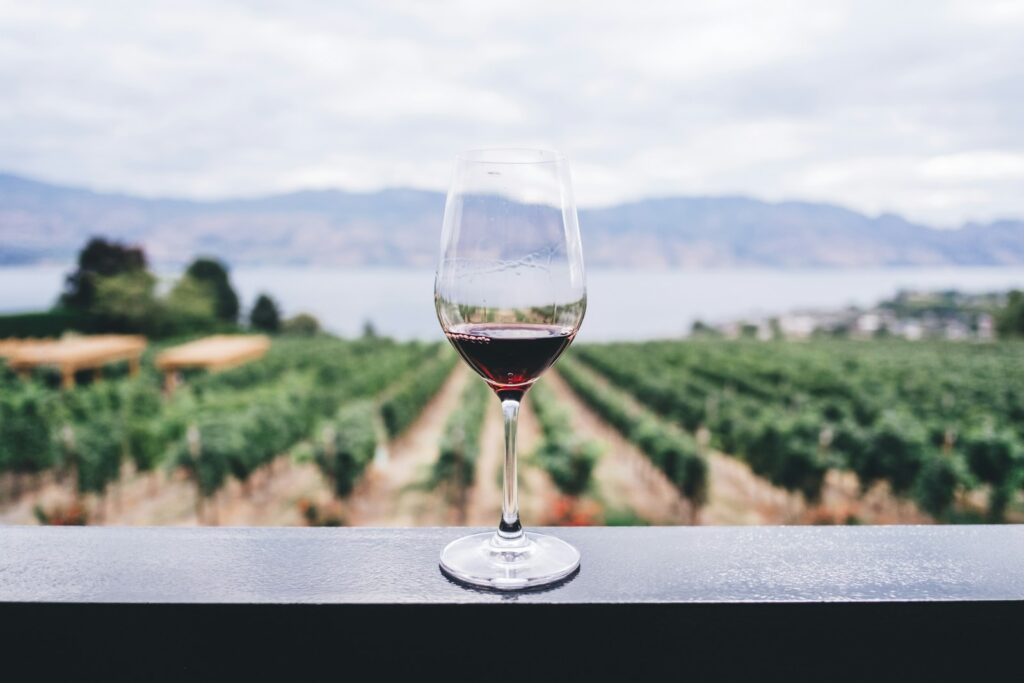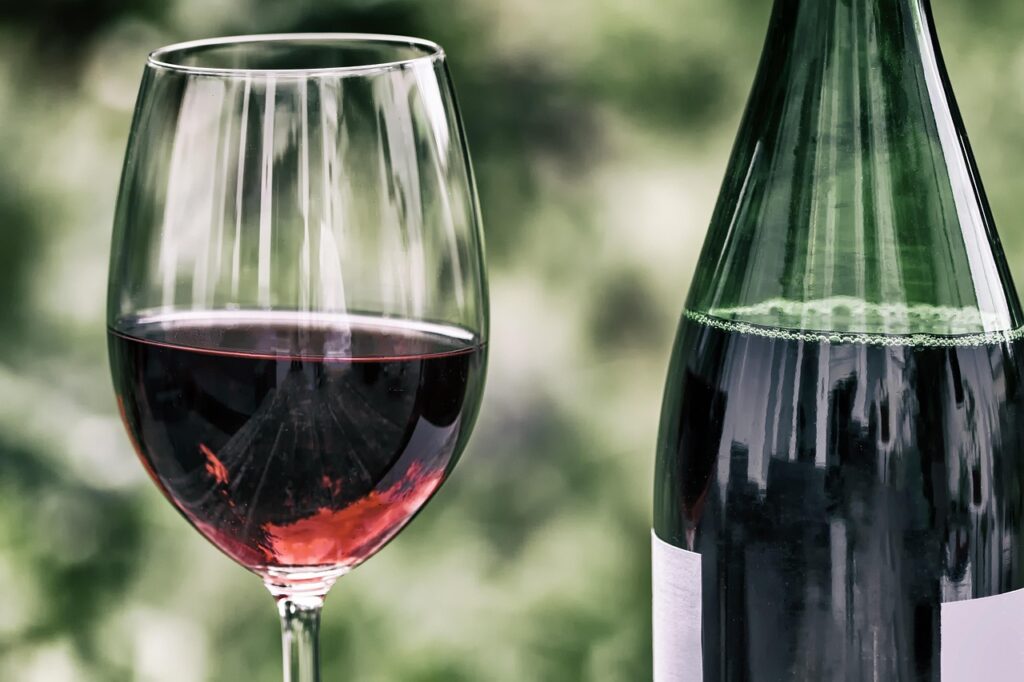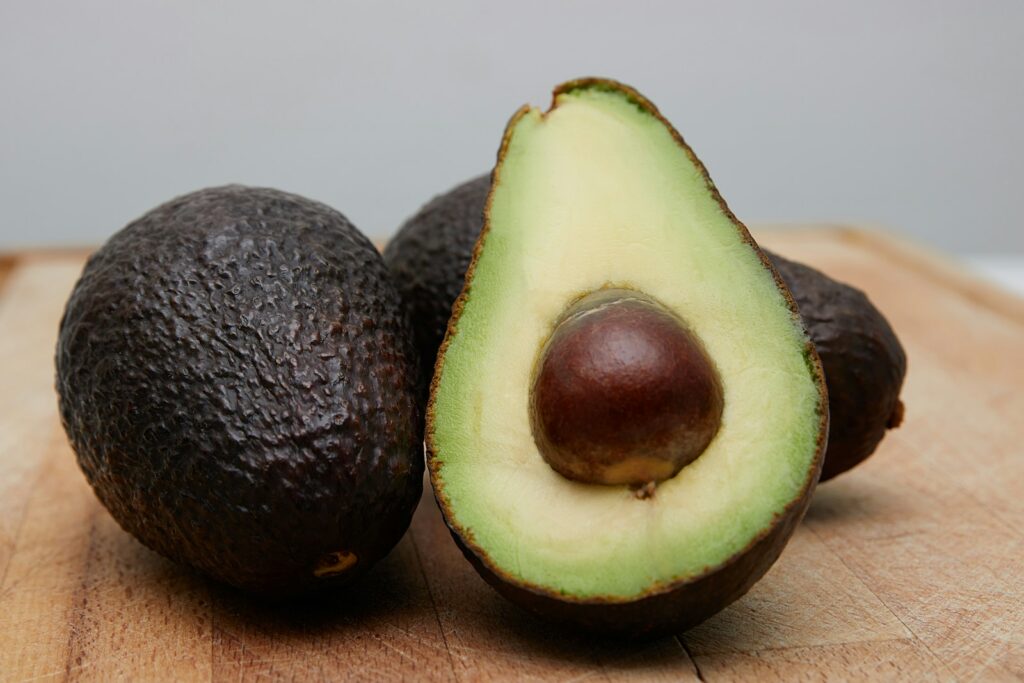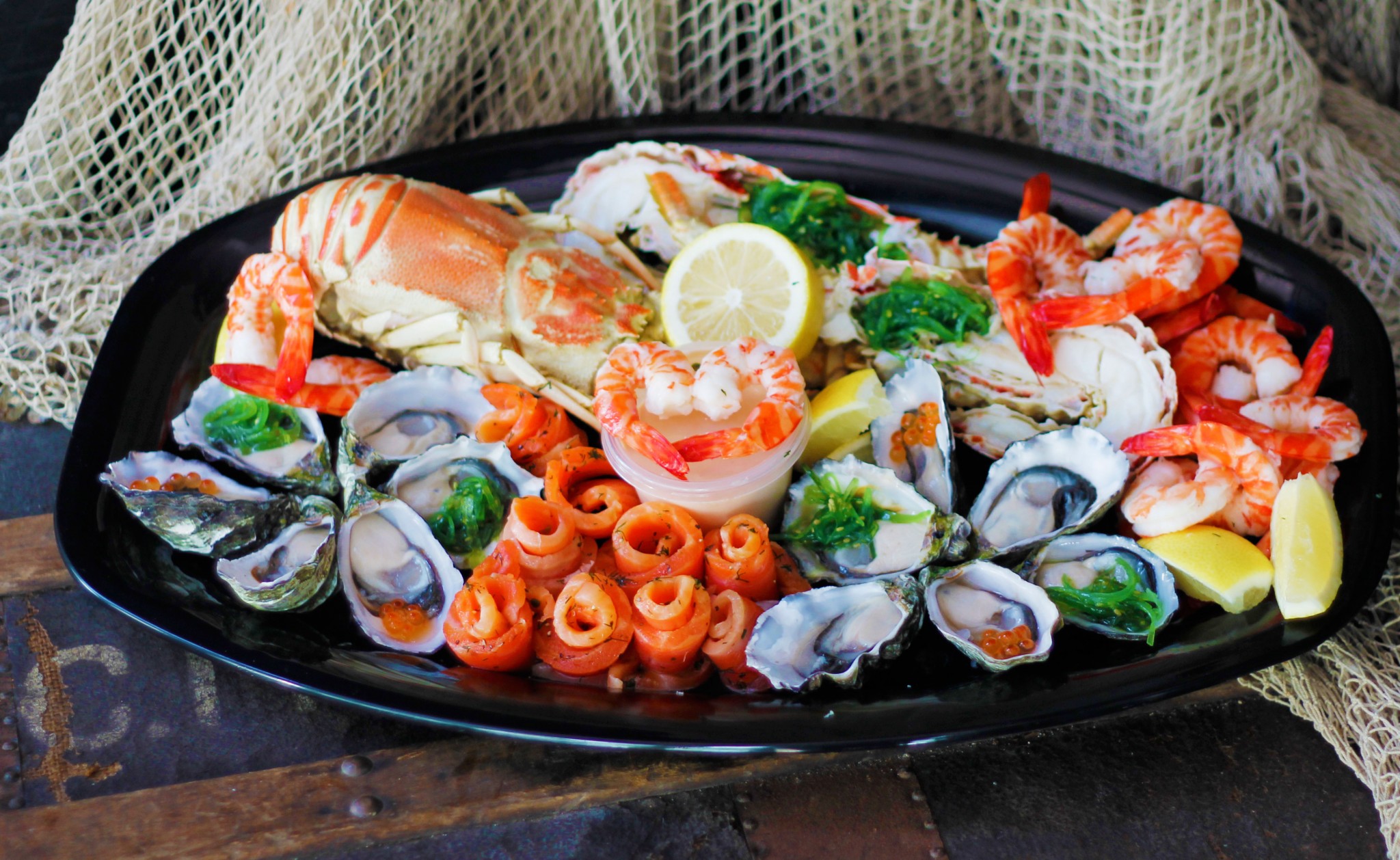
As a seafood dining expert and sommelier, I’ve had the immense pleasure of witnessing the magical synergy that unfolds when the perfect wine meets a dish from the ocean. Crafting that harmonious symphony of flavors is truly an art, elevating both the culinary and vinous components to extraordinary heights. We’re all on a delicious journey of discovery in the world of food and wine, and it’s exhilarating to explore the nuances that make certain pairings sing!
However, just as there are perfect harmonies, there are also combinations that can, shall we say, hit a discordant note. Sometimes, the best intentions lead to pairings that simply don’t do justice to either the exquisite seafood or the beautiful wine. The good news is, armed with a little knowledge, you can easily steer clear of these culinary faux pas and unlock a world of enhanced dining experiences.
So, let’s uncork some wisdom and dive into the less-than-ideal matches. Today, we’re pulling back the curtain on 13 things wine sommeliers like myself really wish you’d stop pairing with your precious seafood. Get ready to elevate your palate, avoid common pitfalls, and make every seafood meal a truly unforgettable delight!
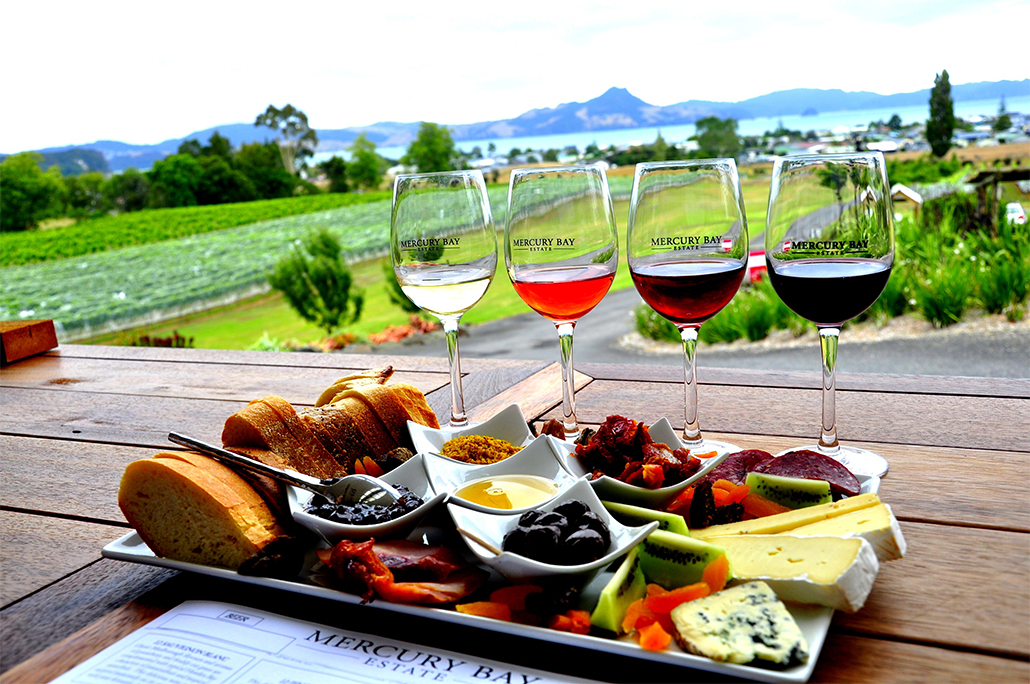
1. **Heavy, Tannic Red Wines with Delicate White Fish**We’ve all wondered if a bold red could work with light fish, but it’s one of the quickest ways to dim the shine of delicate white fish. Think about cod or halibut; they boast a lean texture and mild, subtly sweet flavors. These seafood gems thrive with light and crisp white wines, like unoaked Chardonnay or Sauvignon Blanc, which accentuate their natural freshness. Introducing a heavyweight into this delicate dance inevitably leads to an overwhelming clash.
The issue lies with tannins, those bitter, astringent compounds prominent in bold red wines like Cabernet Sauvignon. While fantastic with rich, fatty red meats—binding to proteins and fats, softening the wine and enriching the meat’s flavor—they behave differently with fish. A juicy steak helps smooth the wine’s bitterness, creating that classic pairing of bold reds for protein-rich meats.
Delicate white fish simply lack the fat content or robust structure to stand up to these tannic powerhouses. Pouring a high-alcohol, big red with flaky white fish will almost certainly overwhelm it, leaving you tasting only the wine’s harsh, bitter notes. The fish’s delicate flavors are completely lost in the powerful vinous expression.
Remember, the goal is harmony, not battle. For tender white fish, opt for light, crisp white wines that won’t overpower their delicate textures. The wine’s vibrant acidity balances the seafood’s tender mouthfeel, allowing the true essence of the ocean to shine through. So, bypass the big reds for your cod; your palate and fish will prefer a zesty Sauvignon Blanc, ensuring a refreshing and delightful experience.
Read more about: Unlock the Secrets: Your Ultimate Guide to Pairing Wine with Beloved Comfort Foods

2. **Light-Bodied, Nuance-Free Whites with Rich, Oily Fish**Underestimating the robust character of oily fish like salmon or tuna is another common pitfall. These swimmers possess a bolder, more umami-forward profile that demands a wine with enough presence to stand up to them. Serving a whisper-light white wine with these flavorful beauties is a missed opportunity, making both the wine and the fish seem lackluster.
Imagine pairing a hearty grilled salmon fillet, with its distinctive richness, with an extremely light, simple white wine. The wine would simply disappear, becoming an invisible backdrop offering no contribution to the dining experience. It becomes completely overshadowed, failing to complement or contrast in a meaningful way, resulting in an unbalanced sensation.
The key principle here is matching the weight of the wine with the food. While light-bodied wines (like a delicate Albariño) pair wonderfully with light dishes, they lack the gravitas to hold their own against the substantial texture and intense flavors of oily fish. The goal is a balanced, integrated experience where the wine meets the fish halfway.
Oily fish call for medium-bodied whites or light-to-medium reds that truly stand up to their bold profiles. Think Pinot Gris, Viognier, or Pinot Noir; these wines offer harmonious interplay of fruit, acidity, and subtle complexity. They provide the necessary structure and flavor intensity to enhance, not diminish, the richness of the seafood. For your seared tuna or roasted salmon, choose a wine capable of a proper flavor handshake.

3. **Heavily Oaked, Full-Bodied Chardonnay with Delicate White Fish**An oaked Chardonnay can be magnificent, its rich, creamy mouthfeel complementing the opulence of shellfish or heartier seafood. However, this queen of whites can turn antagonist when paired with delicate white fish. This is a specific context where even a beloved varietal can create a culinary misstep.
The issue stems from the sheer weight and intensity of heavily oaked Chardonnay. This style often features prominent notes of vanilla, butter, and toast, alongside a full body. But when confronted with the subtle, lean texture and mild flavors of cod or sole, this wine becomes a culinary bully, completely dominating the dish. The fish simply lacks the fat or flavor to absorb the wine’s powerful presence.
The principle of richness and body dictates that the wine’s weight and intensity must harmonize with the seafood’s natural fattiness. Delicate white fish are about subtle nuances and freshness. Introducing a deliberately robust and complex wine creates significant imbalance. The refreshing qualities of the fish are lost, and the wine, rather than shining, comes across as “too much,” masking the fish’s natural flavors.
So, while oaked Chardonnay dreams with lobster, keep it away from truly delicate white fish. For them, stick to unoaked Chardonnay, Sauvignon Blanc, or Albariño. These light, crisp wines accentuate, rather than obliterate, the fish’s natural freshness. It’s about finding that perfect match where both elements shine brightest, without one overpowering the other.
4. **Very Sweet Wines with Savory Seafood (Unless Spicy/Salty)**Sweet wines can create magical pairings when used strategically, especially for balancing spicy or salty dishes. A touch of sweetness acts as a delicious counterpoint, refreshing the palate and highlighting flavors. However, a crucial caveat exists for savory seafood: pairing a very sweet wine with seafood that isn’t spicy or intensely salty can lead to a jarring and unpleasant experience.
Consider simple pan-seared scallops or grilled shrimp. These dishes are inherently savory, with a delicate natural sweetness, often seasoned to enhance clean oceanic flavors. Introducing a dessert-level sweet wine like Sauternes without a clear reason (extreme spice or salt) can throw the entire meal off balance. The wine’s sweetness competes, rather than complements, the savory profile.
Instead of harmony, your palate might perceive the wine as cloyingly sweet and the seafood as strangely flat or even bitter. The dish’s intricate flavors become overwhelmed by sugar, and the refreshing aspect often sought in seafood pairing is completely lost. This imbalance diminishes both the wine and the dish.
Exceptions exist, of course. A distinctly spicy Asian-inspired seafood dish finds balance with an off-dry Riesling. But for most savory seafood that isn’t aggressively spiced or exceptionally salty, avoid intensely sweet wines. Let the natural flavors of your seafood shine, perhaps with a dry Riesling or crisp Sauvignon Blanc that enhances oceanic notes. Choose a wine that elevates, not dictates, the flavor profile.
5. **Low-Acidity Wines for Briny or Rich Seafood Dishes**Acidity in wine is a pairing superhero, especially with seafood. High-acid wines, like zesty Sauvignon Blanc, brighten and refresh the palate. They act like a squeeze of lemon, cutting through richness and brininess, allowing seafood’s true essence to shine. But choosing a low-acidity wine for a dish needing that kick often results in a dull and heavy experience.
Imagine indulging in briny oysters or succulent, umami-rich seared tuna. These dishes possess a lively character from salinity or robust flavors. If your wine lacks sufficient acidity, it won’t provide the crucial palate-cleansing effect. Instead of feeling refreshed, your mouth might feel coated, and seafood flavors could meld into an unexciting taste.
The principle is mirroring or complementing. Wine’s acidity should match the seafood’s saltiness and freshness. A crisp, high-acid white is designed to cut through oyster brininess or seared tuna umami, creating refreshing balance. A low-acid wine would simply add weight without the necessary lift, leaving the palate heavy and unsatisfied.
This mistake is noticeable with higher fat content dishes like salmon. While some medium-bodied whites work, vibrant acidity is crucial to cut through richness and refresh the palate, preventing the dish from becoming overly heavy. So, for seafood, lean towards wines with a good backbone of acidity; it’s the secret ingredient that keeps your meal vibrant, fresh, and endlessly appetizing!
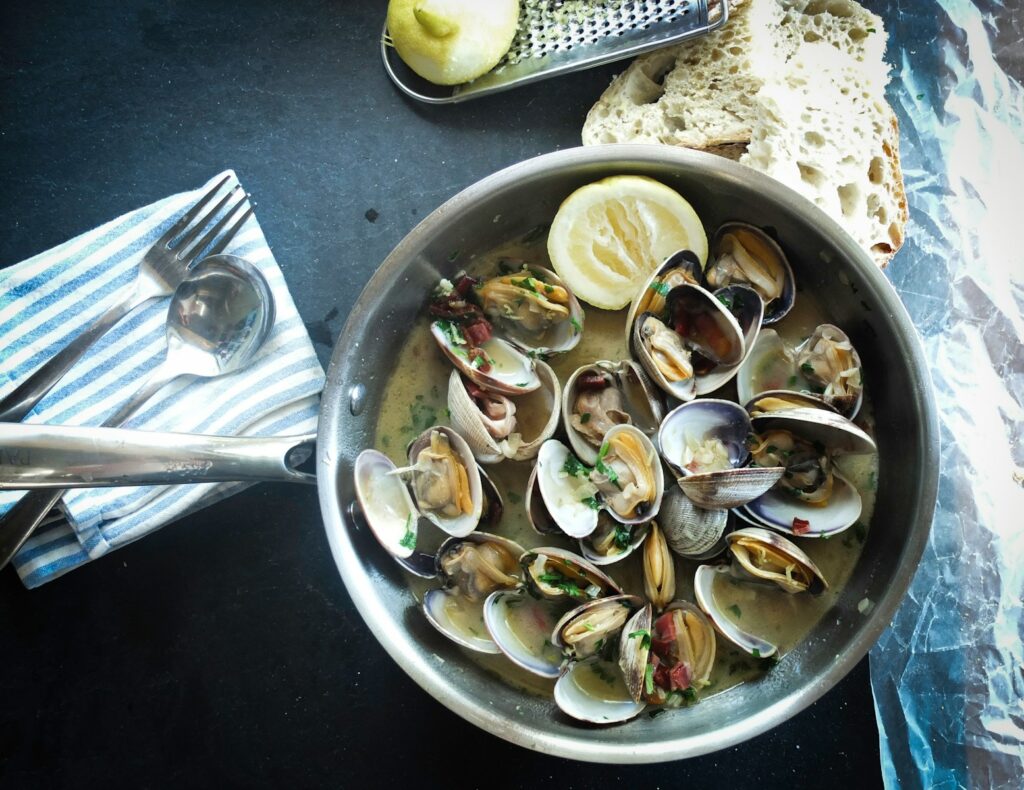
6. **Ignoring the Sauce and Only Pairing with the Protein**Here’s a pro tip that can revolutionize your pairing game, and conversely, ignoring it can lead to some serious missteps: “match the wine to the sauce or most pungent flavor on the plate, not just the protein.” This golden rule is often overlooked, leading to missteps by focusing solely on the seafood while neglecting the powerful influence of the accompanying sauce or seasoning.
Consider shrimp: lightly steamed with lemon, a crisp Albariño is divine. But if that same shrimp is smothered in a rich garlic butter sauce or fiery arrabbiata, an Albariño might feel out of place. The sauce, in these instances, becomes the dominant flavor, dictating the dish’s character far more than the shrimp itself.
If you have delicate white fish in a robust, earthy mushroom sauce, choosing a light white wine based *only* on the fish will likely result in the wine being completely lost. The mushroom sauce demands more body and earthy notes, perhaps a light red like Pinot Noir, or a medium-bodied white that can stand up to its intensity. The wine chosen for the fish alone would be simply overwhelmed by the sauce’s prominence.
This principle applies broadly, as seen with versatile chicken dishes. So, next time you’re contemplating seafood, consider the entire culinary landscape. What are the predominant flavors? Is it tangy, creamy, spicy, herbaceous, or rich? Identify the most pungent or dominant flavor—often in the sauce—and you’ll be better equipped to select a wine that creates a seamless, delicious blend rather than a jarring conflict.
Read more about: The 14 Sneaky Storage Slip-Ups Costing You Big: Your Essential Guide to Smarter Food Preservation and Less Waste

7. **Overpowering Delicate Seafood with Overly Complex or Aromatic Wines**With delicate seafood, “less is often more” holds significant truth. Most seafood, particularly light white fish and many shellfish, tastes light, subtly sweet, and inherently briny. The goal of successful pairing is to find wines that cleanse the palate and enhance these subtle notes, rather than overwhelming them with complex or intensely aromatic flavors.
Imagine pristine steamed cod or fresh raw oysters. Their beauty lies in simplicity and pure oceanic flavors. Now, consider pairing them with an intensely aromatic Gewürztraminer, known for strong notes of lychee and rose. While fantastic for complex Pacific Rim seafood or sweeter turkey sides, its powerful aromatic profile would likely drown out the delicate nuances of simple seafood.
The “secret” to seafood pairings, as our expert reminds us, is to “be light, crisp, and complementary.” You want wines that cleanse, rather than overwhelm. An overly complex wine, with too many flavor layers or an intensely perfumed bouquet, can easily overshadow delicate seafood. Instead of a harmonious dance, it becomes a lopsided performance where the wine shouts, and the seafood whispers unheard.
Think of Sauvignon Blanc or Albariño, bringing bright citrus, minerality, and a clean finish—like a perfect squeeze of lemon. Their zesty nature allows the true essence of the seafood to shine. So, when you want the pure taste of the sea to star, choose your wine wisely. Opt for clarity, freshness, and vibrant acidity over heavy complexity or an explosion of aromatics, ensuring delicate seafood receives the respect it deserves.
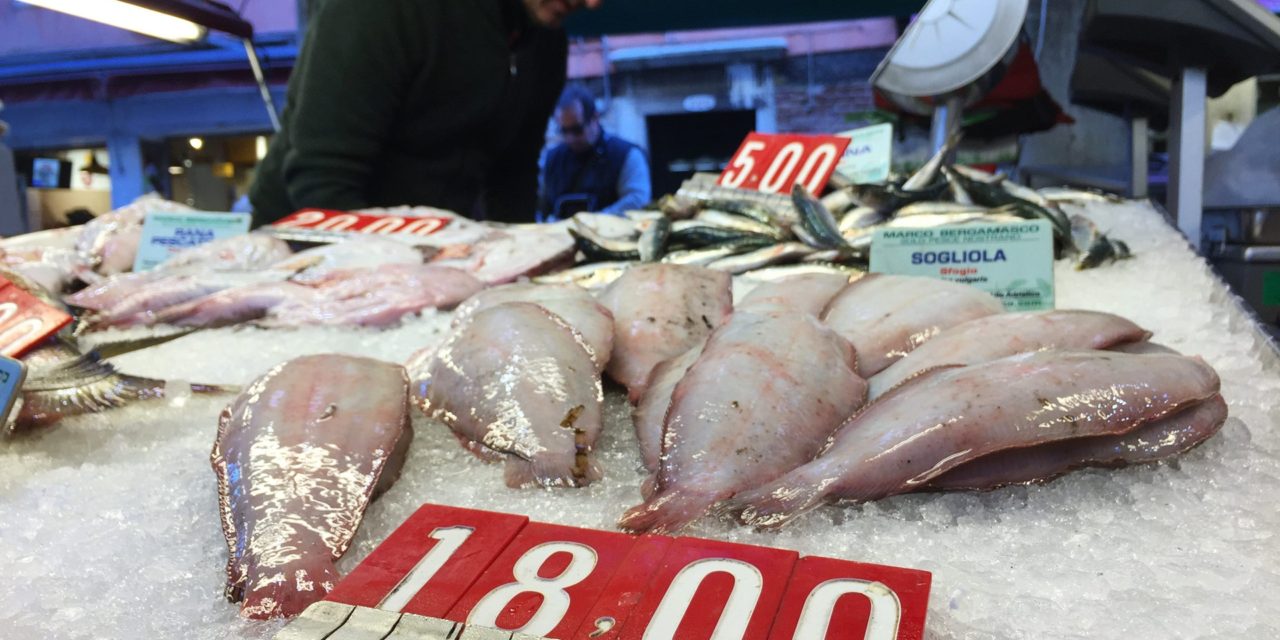
8. **Pairing High-Acid Wines with Very Acidic Seafood Preparations**Acidity in wine truly is a superstar when it comes to seafood pairings, acting as a crucial element to brighten and refresh the palate. Think of it like a squeeze of fresh lemon over your dish – a zesty Sauvignon Blanc or a crisp Albariño can beautifully cut through richness and brininess, allowing the delicate, true essence of seafood like cod or halibut to truly shine. These vibrant, high-acid wines are renowned for their palate-cleansing magic, preparing your taste buds for the next delightful bite.
However, even superheroes have their limits, and with acidity, sometimes too much of a good thing can lead to an undesirable clash rather than a harmonious blend. Our expert sommelier wisely cautions, “be careful with acid-on-acid; a very acidic wine with an acidic dish… might make the combination taste too sharp.” Imagine a vibrant ceviche, already bursting with the sharp tang of lime or citrus, paired with an intensely tart, high-acid wine. Instead of complementing, these two acidic powerhouses would compete, creating an overwhelming and unpleasantly sharp sensation that could leave your palate feeling assaulted.
This specific kind of imbalance can quickly diminish the enjoyment of both the wine and the dish. The wine, which should offer a refreshing lift, instead comes across as aggressively sour, masking its nuanced fruit or mineral notes. Simultaneously, the intricate, delicate zest of the seafood is completely obliterated, replaced by an abrasive tartness that overwhelms rather than enhances. The goal in pairing is always to foster a delightful synergy where each component brings out the best in the other, not to create a jarring culinary conflict.
To skillfully navigate this acidic tightrope, the trick is to choose your wine with a discerning palate. When your seafood dish already boasts significant acidity—perhaps through a vinaigrette, a citrus-heavy marinade, or tomato-based sauce—consider a wine with bright, but not overly aggressive, acidity. Sometimes, a medium-bodied white wine that offers a lovely balance of fruit and acidity, or even one with subtle creamy notes, can provide a beautiful counterpoint. This approach ensures the wine still offers that refreshing cleanse without making your taste buds recoil from an overwhelming tartness, keeping your meal vibrant, fresh, and endlessly appetizing.
9. **Overlooking the Importance of Texture Harmony**Beyond the dance of flavors, another crucial, yet often overlooked, element in successful seafood and wine pairings is texture harmony. Think about it: the mouthfeel of your dish—is it flaky, firm, creamy, or substantial—should ideally find a counterpart in the weight and texture of your wine. Ignoring this can lead to a sensation that simply feels ‘off’ on the palate, where one component might overpower or simply not align with the other, resulting in a less satisfying dining experience.
Our expert emphasizes that “tender, flaky white fish or delicate shellfish thrive when paired with light, crisp white wines that won’t overpower the delicate textures.” Imagine a beautifully poached sole or a delicate cod, so tender it almost melts in your mouth. Pairing it with a wine that’s too heavy, too viscous, or too rich would be like trying to balance a feather with a brick. The wine would completely dominate, leaving the subtle, delicate texture of the fish feeling crushed and lost, instead of elevated.
Conversely, the principle of texture harmony also applies to more robust seafood. “Heartier seafood, such as seared tuna or grilled swordfish, benefit from the structure and weight of medium-bodied whites or light reds.” A perfectly seared tuna steak, with its firm, meaty texture, craves a wine with a similar presence and body. A whisper-light white would simply disappear, offering no structural support, and leaving the tuna feeling isolated and unsupported. The wine’s fuller body and subtle tannins, found in wines like Pinot Noir, can “stand up to the seafood’s more substantial texture without clashing,” creating a truly satisfying mouthfeel and integrated experience.
When texture harmony is achieved, the wine and food feel balanced, integrated, and effortlessly enjoyable. The wine doesn’t just complement the taste; it enhances the entire sensory experience, making each bite and sip flow seamlessly and harmoniously. So, next time you’re selecting a bottle, consider not just what your seafood tastes like, but also how it feels on your tongue, and choose a wine that truly resonates with that sensation, making your meal an unforgettable delight.
Read more about: Architectural Grandeur: An Exclusive Tour Through 15 Aspirational Celebrity Homes

10. **Limiting Yourself to Only ‘White Wine with Fish’**The old adage ‘white wine with fish, red wine with meat’ is ingrained in many of us, often serving as a comfortable, albeit overly simplistic, guideline. While it provides a basic starting point, sticking rigidly to this rule is one of the biggest missed opportunities in seafood and wine pairing. Many seafood dishes, particularly those with richer textures, bolder flavors, or specific preparation styles, can sing beautifully with a wider spectrum of wines, including some truly delightful reds.
Take, for instance, the category of “oily fish like salmon, mackerel, or tuna.” These “possess a richer, more robust character” that truly demands a wine with enough presence to hold its own. Our expert notes that these “swimmers call for medium-bodied whites or even light-to-medium reds that can stand up to their bold, umami-forward profiles. Pinot Gris, Viognier, or Pinot Noir make excellent companions.” A light-bodied Pinot Noir, with its soft tannins and vibrant red fruit notes, can wonderfully complement the earthy, savory side of grilled salmon, creating a truly harmonious “flavor handshake” where the richness of the fish meets the body of the wine halfway.
Beyond oily fish, consider freshwater varieties such as trout or walleye. For these, the “pairing choices lean toward light- to medium-bodied whites or delicate reds, like Pinot Noir.” The nuanced structure of these wines can perfectly “stand up to the fish’s firm texture and earthy, mineral-driven flavors,” proving unequivocally that red wine isn’t just for the land-dwellers. Even smoked and cured seafood, with their “intense, concentrated flavors,” can find a delightful synergy with “a light red, such as a Grenache or Tempranillo,” adding a layer of complexity and depth you might otherwise miss.
By breaking free from the ‘white-only’ mindset, you unlock a treasure trove of exciting flavor harmonies and expand your culinary horizons. The key is understanding the *why* behind the pairing: matching the weight, intensity, and key flavor components of the dish, rather than strictly adhering to outdated rules. Don’t let tradition limit your delicious exploration; let your educated palate be your guide, and discover the unexpected joy of pairing the right red with your seafood for an enhanced dining experience.
Read more about: Unlock Longevity: Essential Lifestyle Shifts to Combat Chronic Inflammation and Transform Your Well-being
And there you have it, fellow food and wine enthusiasts! We’ve journeyed through 13 common, and some delightfully nuanced, missteps in seafood and wine pairing. From avoiding the clash of heavy reds with delicate fish to embracing the magic of umami-enhancing whites and reds, the goal has always been to elevate your dining experience. Remember, these guidelines are not rigid laws, but rather a compass to help you navigate the delightful complexities of pairing. The true joy lies in the exploration, in the discovery, and in crafting those unforgettable moments where the perfect sip meets the perfect bite. So, go forth, experiment with confidence, and let every seafood meal be a testament to the beautiful art of gastronomic harmony. Cheers to many more delicious discoveries!

